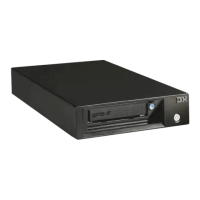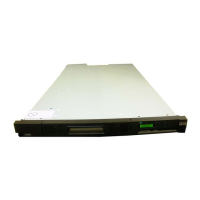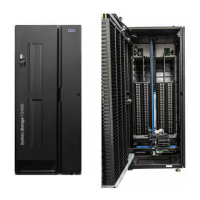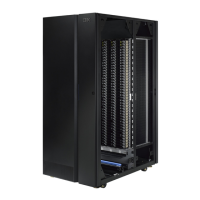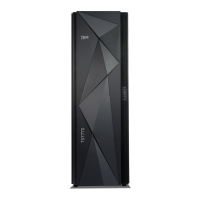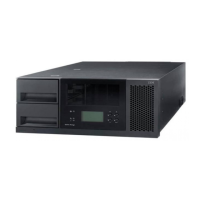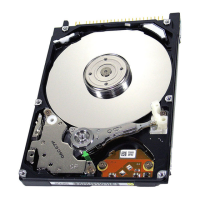Remote mirror and copy is an optional function. To use it, you must
purchase the remote mirror and copy 2244 function authorization model,
which is 2244 Model RMC.
DS8000 storage units can participate in remote mirror and copy solutions
with the ESS Model 750, ESS Model 800, and DS6000 storage units.
The remote mirror and copy feature can operate in the following modes:
Metro Mirror
Provides real-time mirroring of logical volumes between two
DS8000s that can be located up to 300 km from each other. It is a
synchronous copy solution where write operations are completed on
both copies (local and remote site) before they are considered to be
completed.
Global Copy
Copies data nonsynchronously and over longer distances than is
possible with Metro Mirror. When operating in Global Copy mode,
the source volume sends a periodic, incremental copy of updated
tracks to the target volume instead of a constant stream of updates.
This causes less impact to application writes for source volumes
and less demand for bandwidth resources, while allowing a more
flexible use of the available bandwidth.
Global Mirror
Provides a long-distance remote copy feature across two sites
using asynchronous technology. Global Mirror operations provide
the following benefits:
v Support for virtually unlimited distance between the local and
remote sites, with the distance typically limited only by the
capabilities of the network and the channel extension technology.
This ″unlimited″ distance enables you to choose your remote site
location based on business needs and enables site separation to
add protection from localized disasters.
v A consistent and restartable copy of the data at the remote site,
created with minimal impact to applications at the local site.
v Data currency where, for many environments, the remote site
lags behind the local site on an average of 3 to 5 seconds,
minimizing the amount of data exposure in the event of an
unplanned outage. The actual lag in data currency that you
experience can depend upon a number of factors, including
specific workload characteristics and bandwidth between the
local and remote sites.
v Dynamic selection of the desired recovery point objective, based
upon business requirements and optimization of available
bandwidth.
v Session support whereby data consistency at the remote site is
internally managed across up to eight DS8000 machines that are
located across the local and remote sites.
v Efficient synchronization of the local and remote sites with
support for failover and failback modes, helping to reduce the
time that is required to switch back to the local site after a
planned or unplanned outage.
z/OS Global Mirror
The z/OS Global Mirror function mirrors data on the storage unit to a
Chapter 1. Introduction to IBM TotalStorage DS8000 series 17
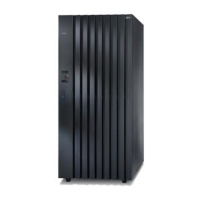
